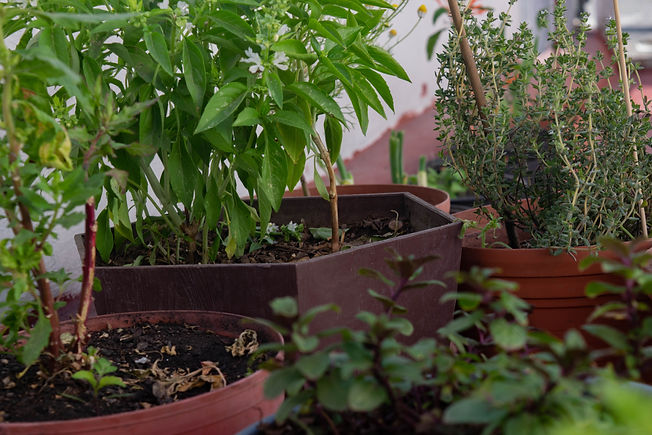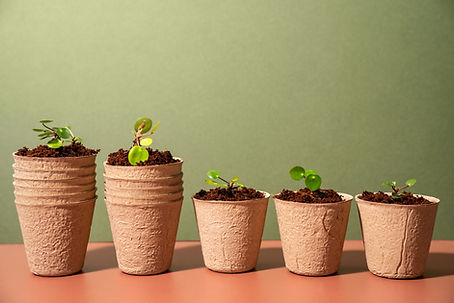
Waste Wisely


Composting
Steps:
Step 1:
If possible, shred Compostaboard into strips and combine with high carbon materials such as straw or dead leaves to reach a height of approximately 4in.
Step 2:
Add nitrogen rich components such as manure, fresh grass clippings, or spoiled vegetables on top of Compostaboard.
Step 3:
Add approximately a 2 in. layer of soil on top of compost.
Step 4:
Repeat this process until all Compostaboard waste is used in the compost.
Storage:
It is imperative that the compost pile remain around the moistness of a sponge. Add water depending on the feel of the compost to reach the desired moisture content.
Preparation:
Turn the compost about every 5-7 days to speed up the composting process. In approximately 6-8 months you will have compost that is ready to enrich your garden!
-Can't Compost?-
Visit https://www.wm.com/us/en/drop-off-locations for information on your closest recycling center

Compostaboard's mission:
Our goal in the creation of Compostaboard is to bring a new entirely compostable box to the consumer market that would inform consumers of the benefits of composting their corrugated waste and lead to a cleaner, safer future for our planet!



Resources
Patterson, Susan. “Using Cardboard in Compost - How to Compost Cardboard Boxes.” Composting Cardboard: Information On Types Of Cardboard To Compost Safely, https://www.gardeningknowhow.com/composting/ingredients/composting-cardboard.htm.
“Trash & Recycling Drop-off Locations: WM.” Waste Disposal & Recycling, https://www.wm.com/us/en/drop-off-locations.
Let’s Connect
Clemson, SC
John Bolt - jgbolt@clemson.edu
Spencer Hall - sohall@clemson.eedu
Morgan Brewer - mdbrewe@clemson.edu
Emily Birkmayer - ebirkma@clemson.edu
Nate Stephens - nbsteph@clemson.edu
